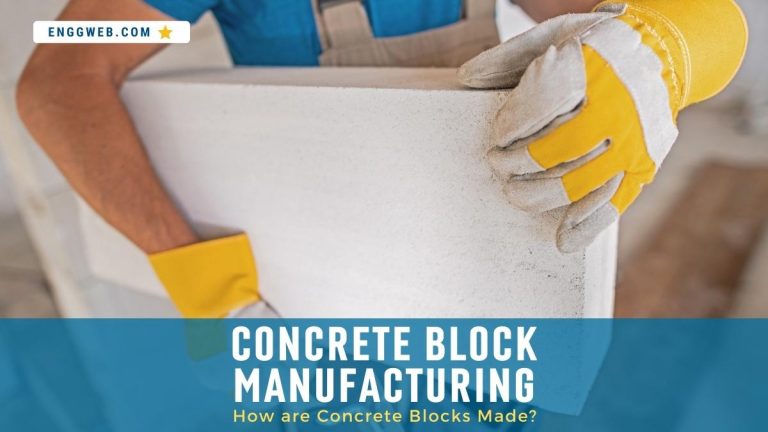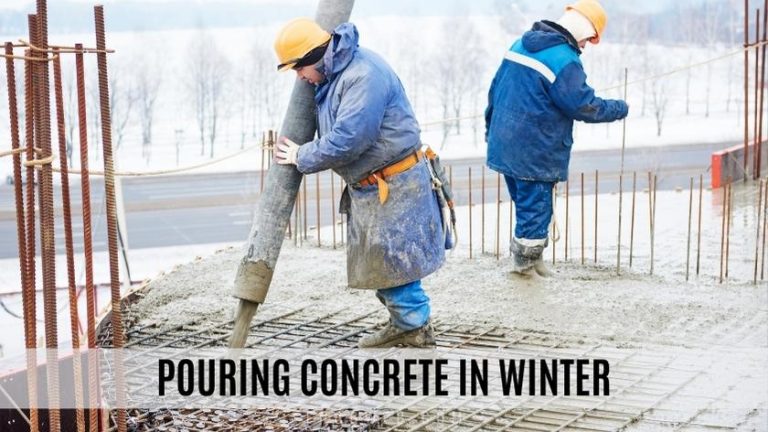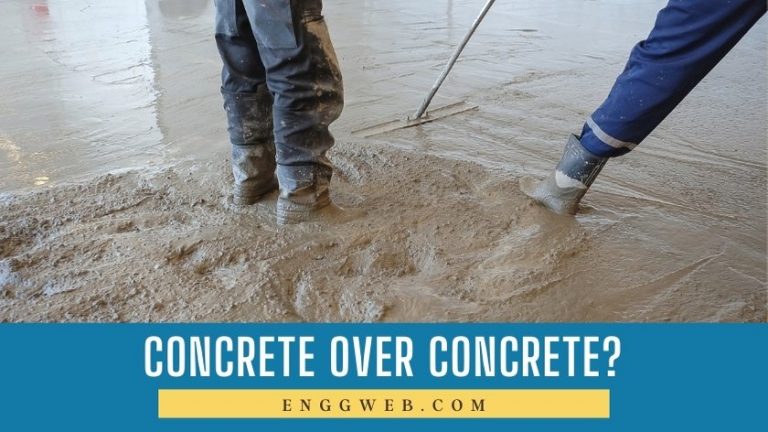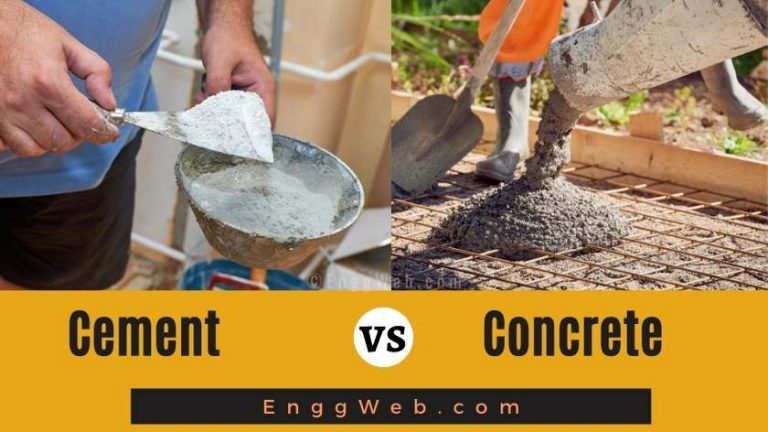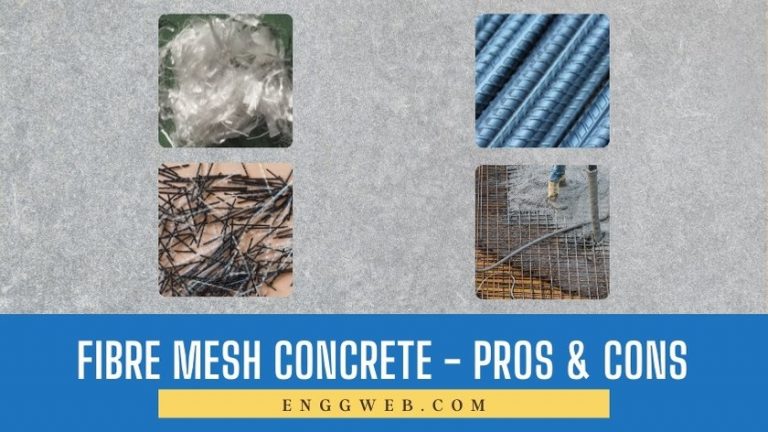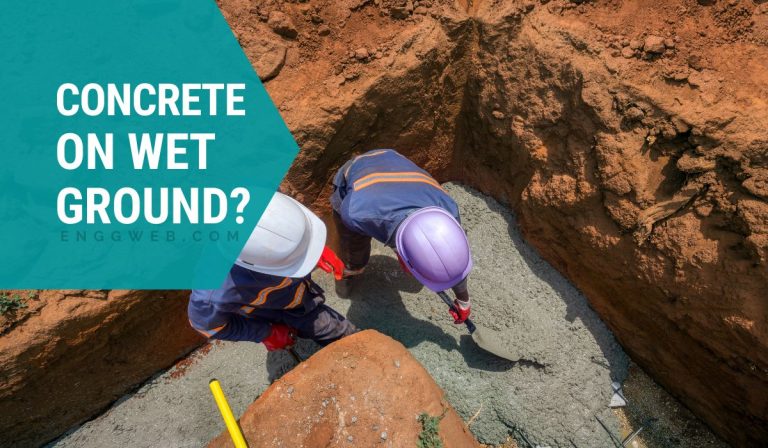Cinder Block vs. Concrete Block
Concrete and cinder blocks look similar and have been used interchangeably. Concrete blocks, being far superior, have overtaken the market.
Here’s why.
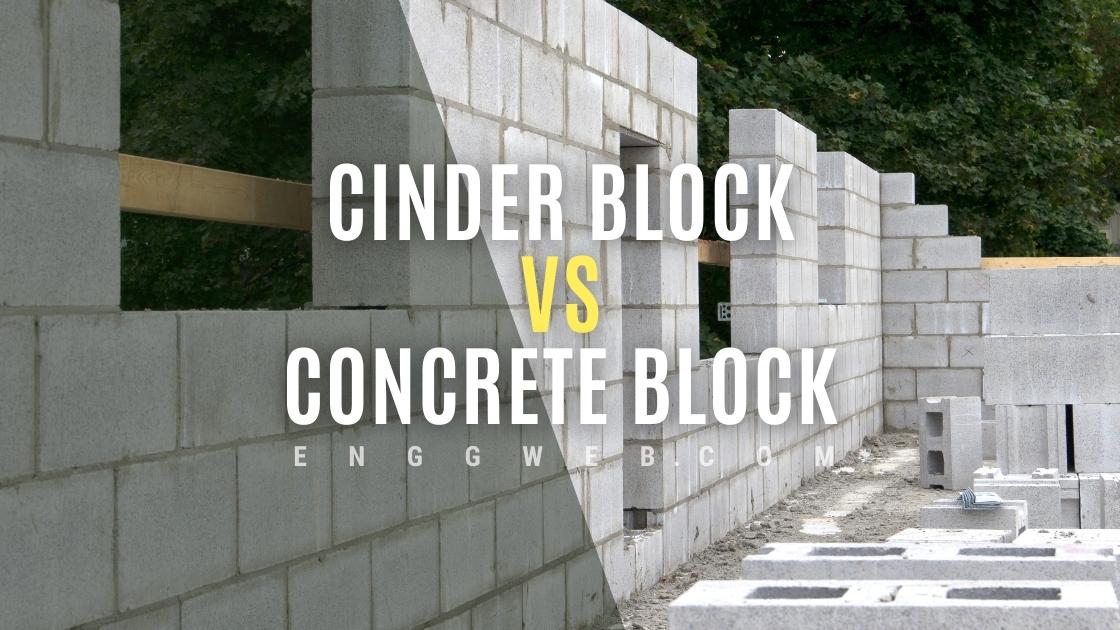
What is a Cinder Block?
Cinder blocks are old-fashioned construction units, pre-dating the concrete blocks we’re familiar with today. They’re not widely used anymore.
What is it made of?
Cinder blocks are made of cement, water, and a generous portion of coal cinders, hence the name. These blocks are far lighter than concrete blocks and aren’t very robust. This makes them prone to warping, bending, or buckling under load, which requires expensive repairs.
Cinder blocks are available in various shapes and sizes and typically have a hollow core. Additional reinforcement and filler material are often added to this core to increase stability and strength. These blocks are often categorized as lower-grade concrete blocks and are never used in weight-bearing applications.
Cinder blocks are more porous than their concrete counterparts. This means they can absorb far more water, further weakening their structure. This high absorptivity is another reason for not using them to construct building walls – waterproofing the structure will be a potentially costly exercise.
Cinder Blocks Uses
Since cinder blocks aren’t as robust as concrete blocks, they’re no longer used for weight-bearing construction projects. Instead, they are used for lightweight applications, such as garden walls and creating raised garden beds. Here, the hollows in the cinder block are often filled with reinforcement to enhance its structural integrity and longevity.
Concrete Block
Concrete blocks are available in many shapes and sizes. These robust building blocks are the mainstay of many large construction projects.
What is a concrete block?
Concrete blocks are made of cement, water, and aggregate (sand and stone). Modern brick plants typically include water-reducing admixtures in the mix design, enhancing the block’s strength. The mix design used in manufacturing concrete blocks contains very little water since this is best for production.
Concrete bricks are made in a brick press mold. The damp concrete mixture is poured into the mold, then pressed down into the mold by a weighted arm. This forces the mix design into all the corners of the mold, creating a well-formed brick. The mold is then lifted and the bricks placed aside to cure and dry.
If the mix design is too dry, the concrete will not consolidate adequately, leaving unwanted cavities in the brick. This decreases the brick’s compressive strength. If the mix design is too wet, the concrete will not retain its shape when the mold is lifted, causing it to slump. This affects the brick’s stackability, rendering it ill-suited for use in building projects. Adding suitable water-reducing and air entraining admixtures to the mix design renders it fluid enough to fill the mold well but stable enough to retain its shape when the mold is lifted.
Air entraining admixtures entrain micro air bubbles, acting as marbles in the mix design. This allows the aggregates greater mobility, thus rendering the mix design more fluid. Entraining too much air, however, negatively affects the concrete’s compressive strength. For each mix design, there is an optimum admixture dosage. This can be calculated but must be practically tested and optimized for the best results.
For concrete blocks meant for outdoor use, a waterproofing admixture is typically added. This reduces the block’s water absorptivity, which is typically relatively high, thus eliminating the need for additional surface treatments post-construction.
Concrete blocks are typically divided into two main categories: hollow core and solid. Hollow-core blocks tend to be larger and have two hollow cores inside their frame. They comprise between 50 and 70% solid material. Solid concrete blocks are typically smaller and are at least 75% solid.
Concrete Block Uses
Concrete blocks are used in a wide variety of applications. These depend on the type of block or brick used, ranging from paving applications to building walls and lintels. In some applications, the cavities in hollow concrete blocks are filled with reinforcement, enhancing their strength and durability.
Concrete Block vs. Cinder Block Comparison
| Cinder Block | Concrete Block | |
| Compressive Strength | Weaker | Stronger |
| Cost | Less expensive initially, but with greater repair costs. | More expensive initially, but with virtually no repair costs. |
| Weight | Lighter | Heavier |
| Structural Applications | Not suitable | Suitable |
| Aesthetic Applications | Suitable | Suitable |
Strength: Which is stronger, cinder block or concrete block?
Concrete blocks are typically stronger than cinder blocks since they are made of higher-grade materials. Cinder blocks warp easily and aren’t suited to weight-bearing applications.
Cost
Cinder blocks are typically less expensive to manufacture since the materials used in the construction process are cheaper. However, cinder blocks are prone to breaking, necessitating repairs that are usually costly. Concrete blocks rarely require repairs. For this reason, they are typically less expensive than cinder blocks across their lifetime.
Weight
Cinder blocks are less dense than concrete blocks. Thus they are lighter when compared to other bricks of the same size. Concrete blocks incorporate sand and stone in the mix design instead of cinder ash. Cinder ash is lighter than sand and stone, thus the difference in density.
Which is better for the foundation?
Strong foundations allow for stronger buildings. For this reason, hollow core concrete blocks are typically better suited to foundation filling than cinder blocks.
Which one is for retaining walls?
Concrete blocks are better suited than cinder blocks when building a retaining wall. This is again due to their superior strength and weight-bearing properties.
Are cinder blocks still in use?
Cinder blocks aren’t commonly used anymore. Some sources state that cinder blocks haven’t been manufactured at an industrial scale for at least 50 years. However, small manufacturing facilities still produce cinder blocks for aesthetic applications. That said, modern technology has rendered concrete block manufacturing reasonably inexpensive and easy, even when done on a small scale in a backyard application. For this reason, cinder blocks aren’t as commonly available as they used to be.

